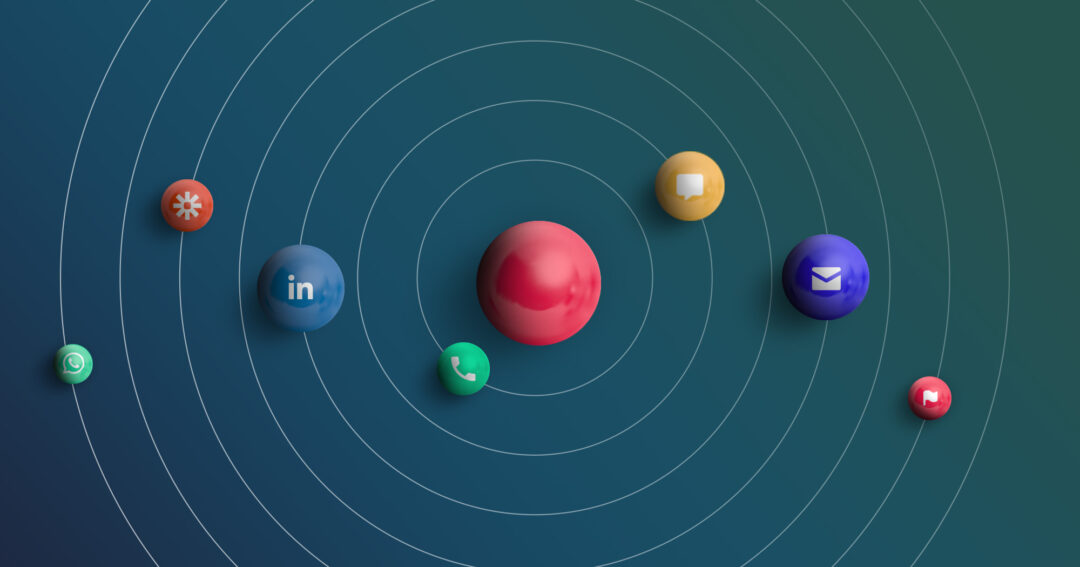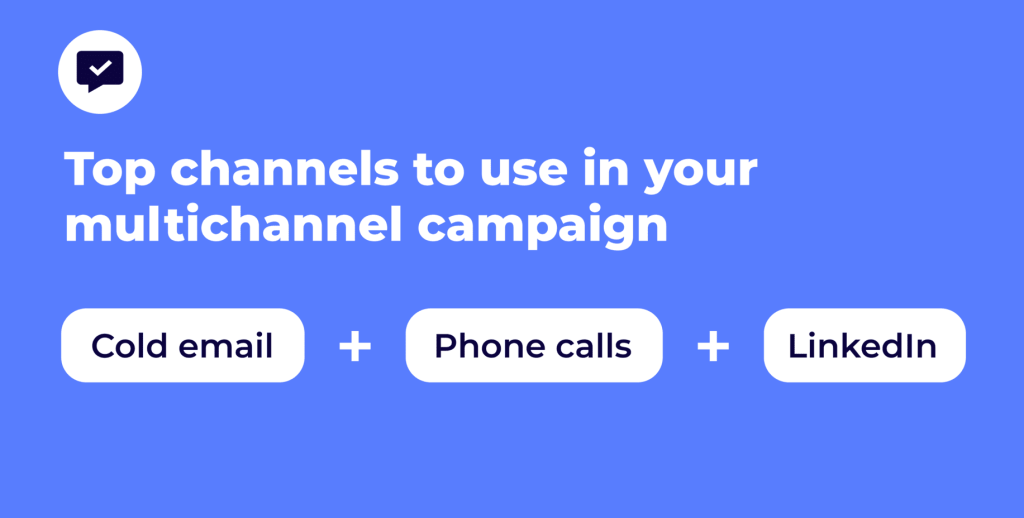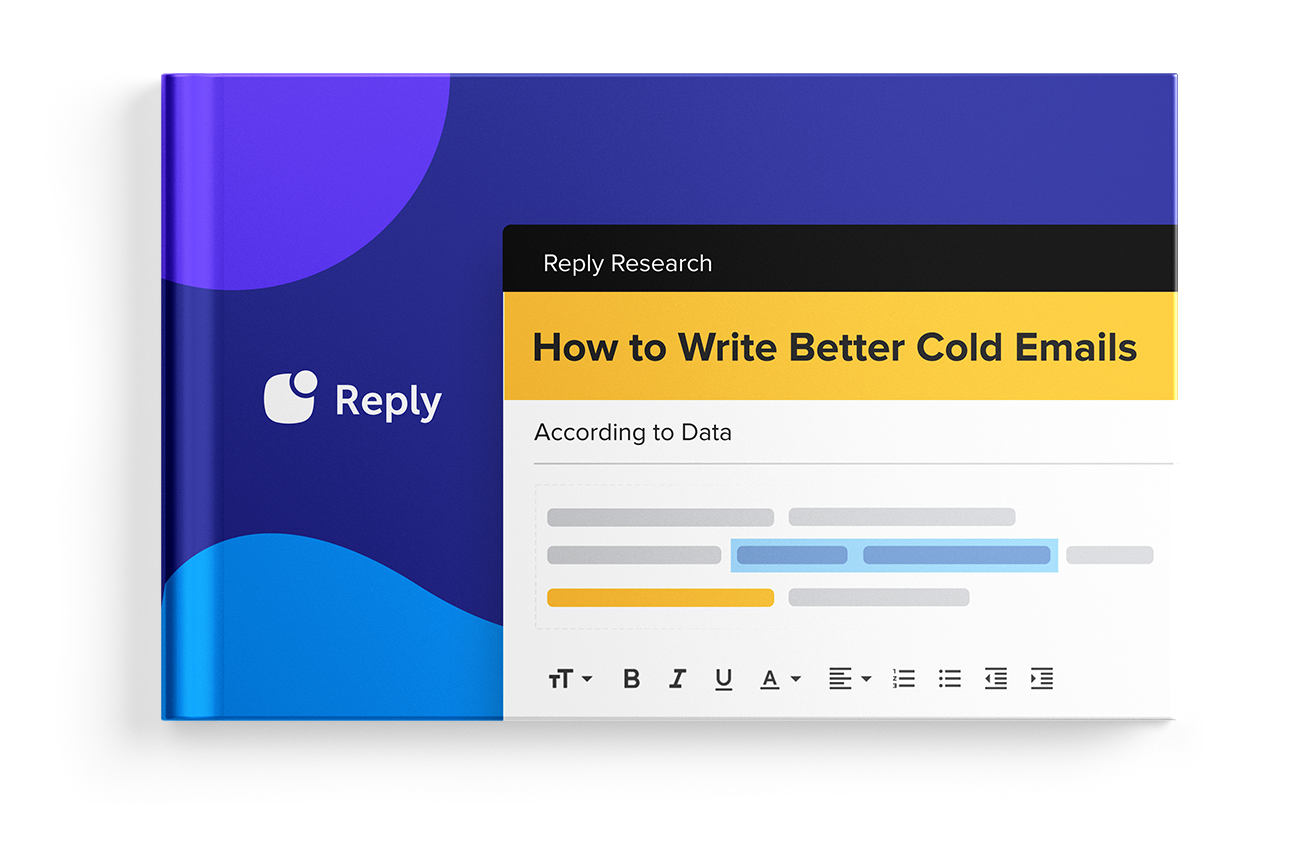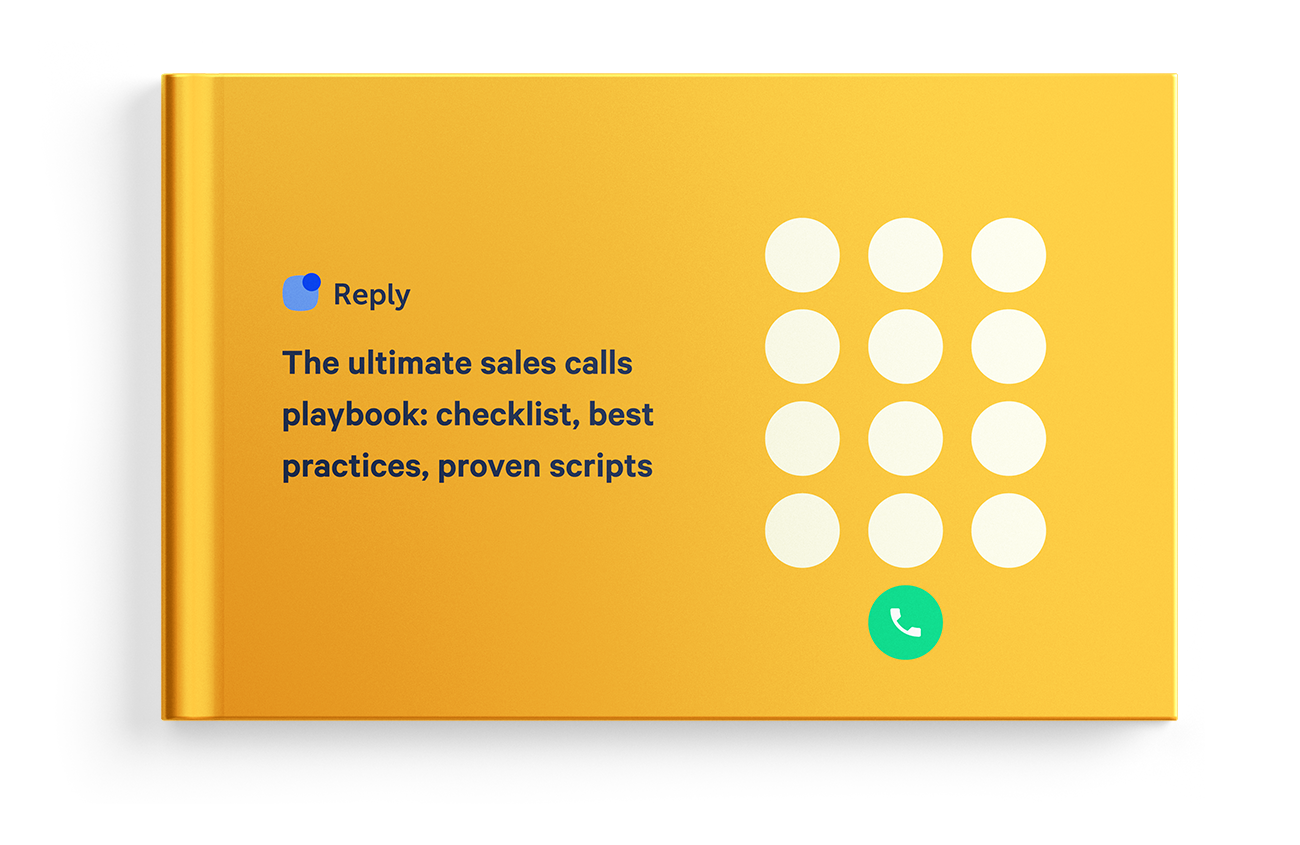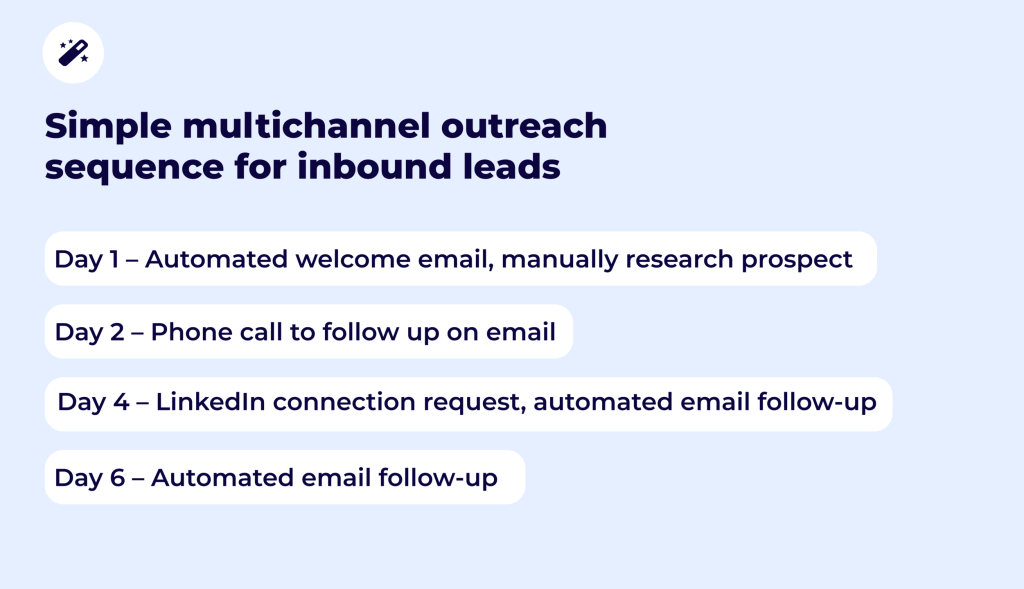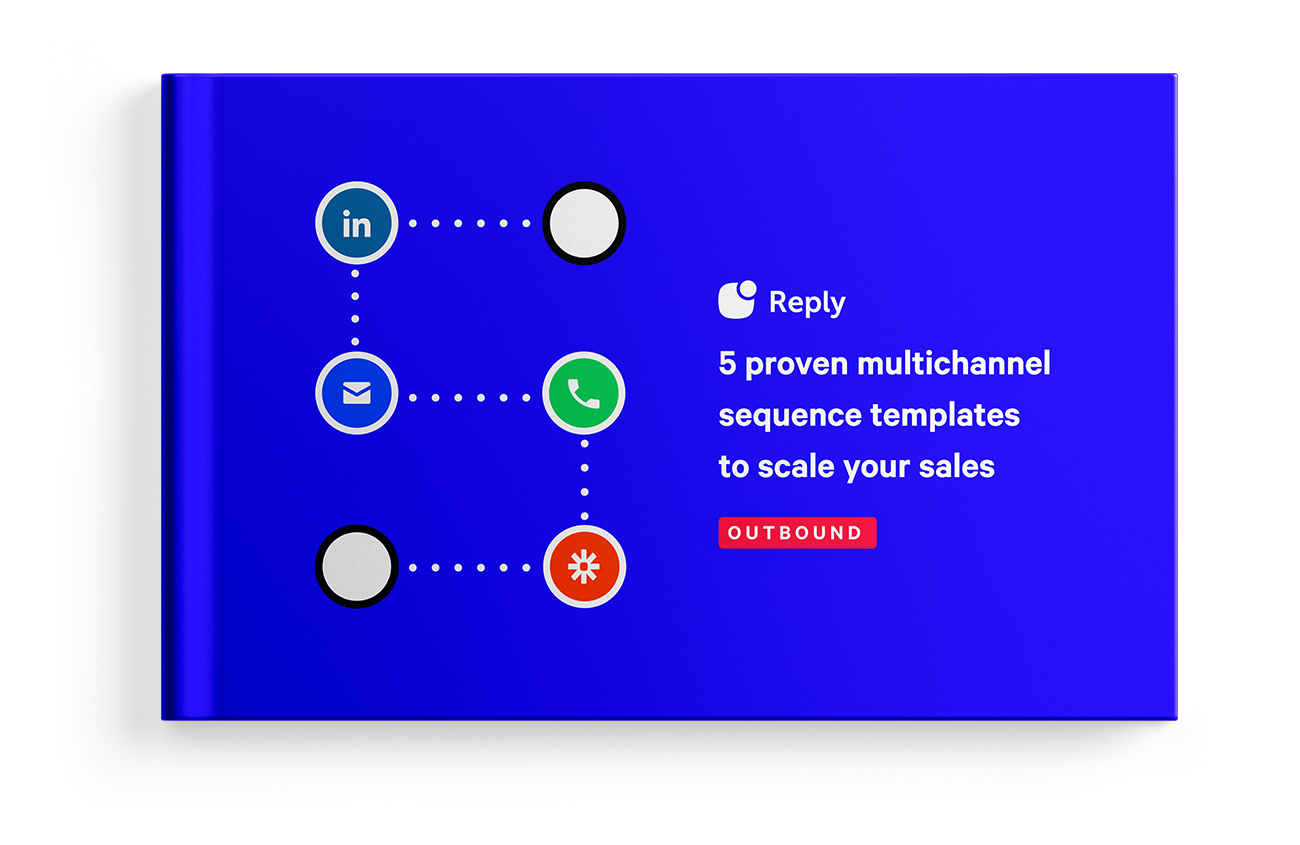Not too long ago, you used to be able to send a prospect an email and be confident that they’d see it and read it. Today, it’s a different story — inboxes are full to bursting, and your potential customers have a million tasks on their to-do list. Standing out from your competitors and getting prospects to notice you are real challenges. Using a single channel for outreach just isn’t enough. You need a multichannel strategy.
In this guide, we’ll be covering the different channels that can be used for multichannel outreach as well as the best practices for using each channel effectively. We’ll also be discussing how to build a multichannel sequence and how to measure the success of your outreach efforts.
By the end of this guide, you’ll have a solid foundation in multichannel outreach and be well on your way to building successful outreach campaigns.
The benefits (and pitfalls) of multichannel outreach
So, what is multichannel outreach? Simply put, it’s the practice of using multiple channels to reach out to potential customers in order to build relationships and generate leads.
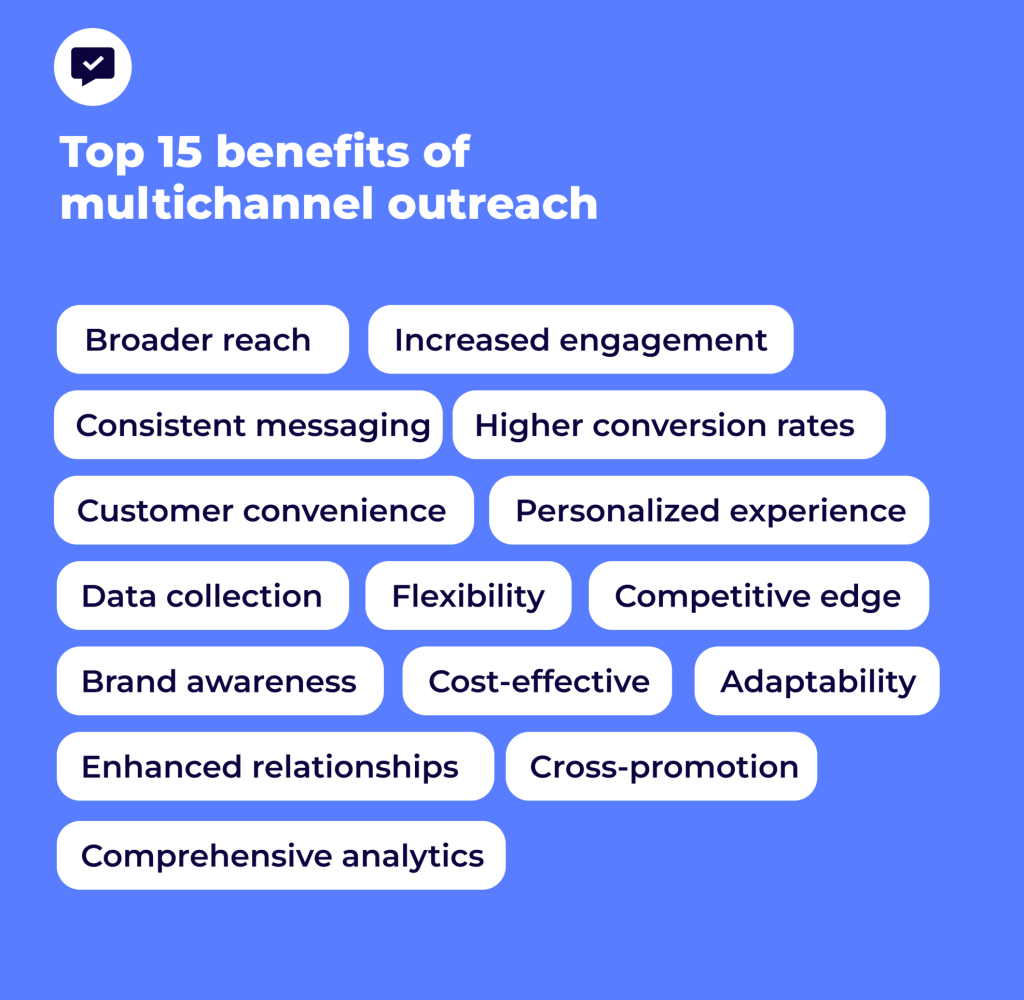
There are several benefits to using multichannel outreach as part of your product marketing strategy:
- Greater reach. Perhaps the most obvious benefit of multichannel outreach is the ability to reach a wider audience. People don’t just spend all their day in their inboxes or sitting by their phones or using any other channel you can think of. By using multiple channels for outreach, you increase the chances of your message being seen by potential customers.
- Increased engagement. Reach is good, but engagement is better. By using different channels, you can create a more engaging experience for your audience. Instead of seeing ten emails in their inbox, prospects can see and interact with you across multiple channels, making it more likely you’ll get a response.
- Better targeting. Different channels allow you to target specific demographics or segments of your audience. For example, trying to get an email through to the CEO might be tricky, while a handwritten letter might make it past the gatekeeper. In addition, you can use different multichannel messaging on different channels, tailoring your outreach to the recipient in a way that best suits the medium.
- Improved customer experience. Effective multichannel communication isn’t about what’s best for you — it’s about what’s best for your prospect. Using multiple channels can provide a more convenient and personalized experience for your customers, which can lead to increased loyalty and satisfaction.
However, there are also some pitfalls to consider when using multichannel outreach…
- Resource constraints. Managing multiple channels can be time-consuming and resource-intensive, especially if you don’t have a dedicated team or tools to help you. If you don’t plan out your multichannel strategy carefully, you can easily end up chasing every new channel without ever seeing positive results.
- Inconsistent messaging. A multichannel campaign isn’t the same as running multiple single-channel campaigns. It has to be treated as a complete unit, where every communication channel is in harmony and complements each other. Otherwise, you run the risk of confusing your audience.
- Difficulty measuring success. With multiple channels in play, it can be difficult to accurately measure the effectiveness of your multi-channel outreach efforts and determine which channels are the most effective. Even when you get a response on a specific channel, it’s difficult to know exactly how much the other channels contributed.
- Potential for oversaturation. One of the biggest mistakes you can make is relying exclusively on one channel. However, in rare cases, it’s possible to have too much of a good thing. If you use too many channels or send too many messages, you run the risk of oversaturating your audience and turning them off to your brand.
If you want to get the best results from your multichannel outreach while avoiding all these pitfalls, then it’s essential to have a clearly defined strategy in place. That all starts with picking the right channels.
